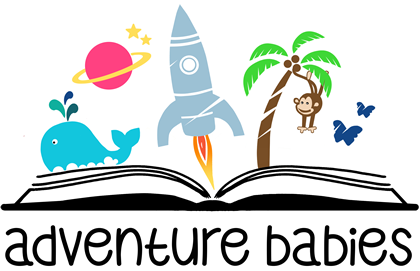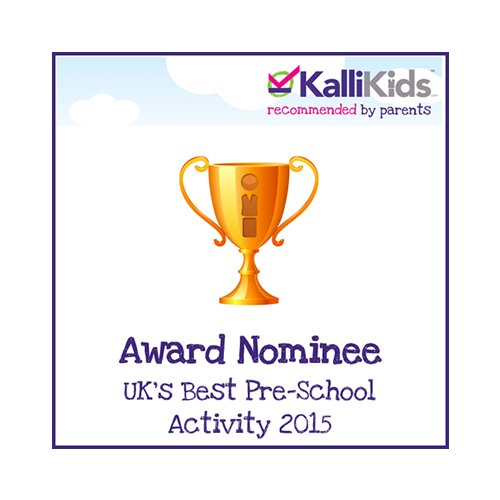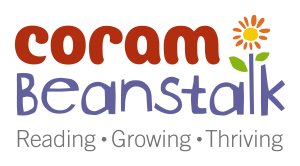Reading to My Baby: How to Make Storytime Boost Their Development
Reading to my baby has become one of the most magical parts of our day—and it turns out, it’s also one of the most powerful things we can do to support their development. Whether your little one is a newborn, a wriggly 6-month-old, or a curious toddler, storytime is more than just cuddles and cute rhymes (though those are lovely too!). It’s a golden opportunity to grow their brains, build their language skills, and spark a love of learning.
Here’s how to make reading to your baby or toddler even more beneficial—and lots of fun too.
Why Reading Is So Good for Babies and Toddlers
Books help babies and toddlers with:
Language development (they hear new words and sounds)
Emotional understanding (stories help them make sense of feelings)
Cognitive growth (hello memory, focus, and problem-solving!)
Bonding and connection (your voice = their favourite sound in the world)
The best part? You don’t need to wait until they understand the story. From day one, your baby is soaking up every sound, facial expression, and turn of the page.
How to Make Reading to My Baby a Learning Adventure
Ready to level up your storytime? Here are some simple but powerful ways to make reading even more meaningful:
1. Use different voices
Squeaky mouse, grumpy bear, excited child—let your inner performer shine. Babies love hearing varied tones, and toddlers learn to recognise emotion and character from how you read.
2. Add expressions and gestures
Use your face, hands, and body to show surprise, joy, or sleepiness. It keeps little ones engaged and helps them learn what those emotions look and feel like.
3. Talk about the pictures
Even before they can talk, babies benefit from hearing you describe what you see:
“Look at the big yellow sun!”
“Can you find the doggy?”
This helps with vocabulary and attention.
4. Ask simple questions
With toddlers, turn storytime into a two-way chat:
“What’s that?”
“Where’s the duck?”
“What do you think will happen?”
This builds comprehension and encourages them to express their thoughts.
5. Repeat favourite books
If you feel like you’ve read That One Book a thousand times… good news! Repetition is amazing for brain development. Familiar stories help babies and toddlers recognise patterns, words, and rhythms.
6. Bring in sensory play
Sensory experiences help little brains learn more deeply. Think textures to touch, smells to sniff, and props to hold. At Adventure Babies, we do just that—combining storytelling with sensory play to bring books to life in the most magical ways.
7. Act it out
Pretend to jump like the frog, stretch like the giraffe, or crawl like the bear. Movement helps link language to action—and it’s a great way to get wiggles out too.
Where Storytime Becomes Real-Life Adventure
At Adventure Babies sensory storytelling classes, we take all these tips and turn them into immersive, unforgettable learning experiences. Babies and toddlers don’t just listen to stories—they explore them. With textures, lights, sounds, and props, every session becomes a playful opportunity to support development and fall in love with books.
So if you’re wondering how to make reading to my baby more fun and meaningful—come and join us. We’ve got the books, the magic, and the mess-free sensory play ready for you.
Reading to my baby isn’t about doing it perfectly. It’s about connection, curiosity, and creating a routine that makes your little one feel safe, seen, and excited about language. So grab a book, get comfy, and enjoy the storytime snuggles—you’re doing something amazing.








